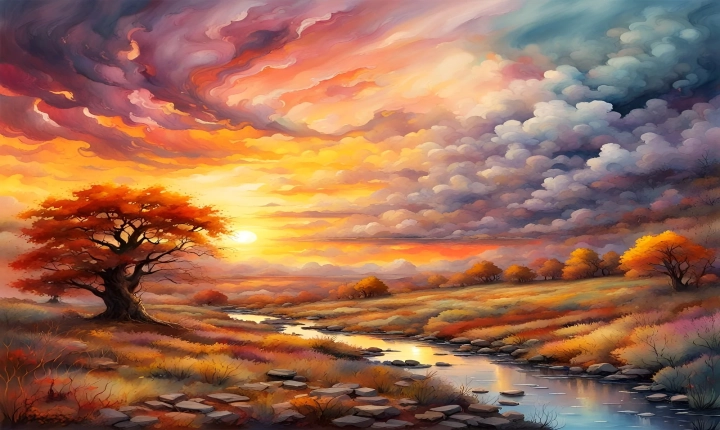AI Art and Fair Use: Navigating the Intersection of Technology and Copyright Law
Artificial intelligence, or AI, has considerably impacted the world of art, revolutionizing the way artists create and the way art is consumed. From creating original artworks to generating new pieces based on existing works, AI has raised significant questions regarding copyright law and fair use. As AI-generated art becomes increasingly prevalent, it is essential to explore the legal issues surrounding its creation, distribution, and protection under fair use.
Artistic expression has long been protected by copyright law, which grants creators exclusive rights to their works. However, the emergence of AI as a creative tool blurs the lines of authorship and challenges existing copyright principles. When an AI system generates an artwork, it raises the question: who owns the copyright? The traditional concept of authorship becomes unclear when the creative process involves autonomous decision-making by AI algorithms rather than a human artist.
In the context of fair use, the principle of transformative use is crucial in analyzing the legality of AI-generated art. Fair use allows limited use of copyrighted material without permission from the copyright owner for purposes such as criticism, commentary, parody, and, most notably, transformative use. Transformative use involves modifying or repurposing copyrighted material in a way that creates a new work with a different purpose or meaning.
AI-generated art challenges the concept of transformative use, as the AI system often draws from existing works to produce new ones. While some argue that AI inherently transforms the original works due to the novel inputs and outputs, others question whether the transformative nature of AI-generated art is sufficient to qualify for fair use protection. Additionally, the potential impact on the market for the original works is a key factor in fair use analysis, as AI-generated art has the potential to disrupt traditional art markets and the value of original creations.
Another aspect to consider is the ethical and moral implications of AI-generated art. While fair use primarily focuses on the legal aspects of copyright, ethical considerations surrounding the use of AI to replicate or alter existing artworks come into play. The potential for AI to devalue the creative labor of human artists and undermine the integrity of original works raises important questions about the responsible use of AI in the art world.
As the legal landscape continues to evolve, it is essential for policymakers, legal experts, and the art community to engage in discussions about the intersection of AI, copyright law, and fair use. Clarifying the legal status of AI-generated art and its relationship to fair use is crucial for both creators and consumers of AI-generated art. Striking a balance between protecting the rights of copyright holders and fostering innovation and creativity through AI is a complex but necessary endeavor.
In conclusion, AI-generated art presents a unique and multifaceted challenge to traditional copyright law and fair use principles. The transformative nature of AI-generated art, its impact on the market for original works, and the ethical considerations surrounding its use require careful examination within the framework of copyright law. As technology continues to advance, the legal and ethical implications of AI in the art world demand thoughtful consideration and nuanced solutions to ensure fair and equitable outcomes for all stakeholders.
